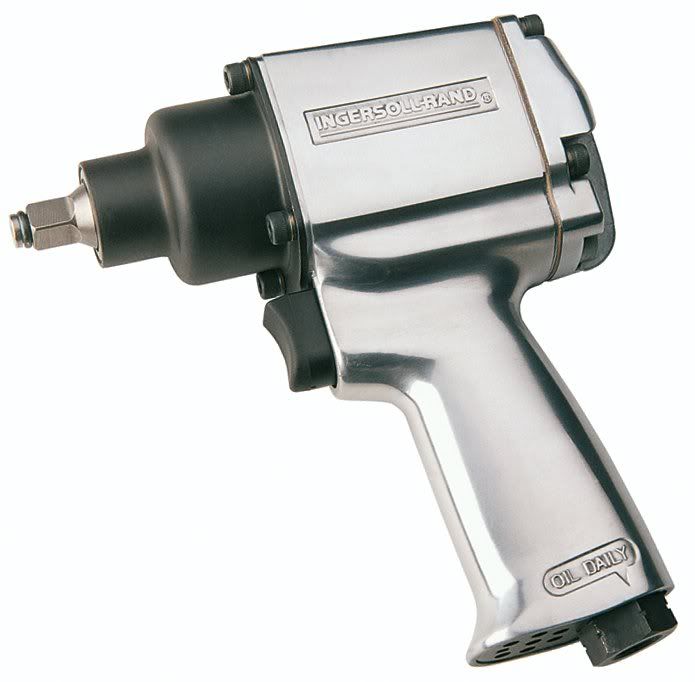I stripped the very last bolt. I tried drilling it and using a screw extractor but I was afraid I woiuld break the extractor before the bolt came loose.
One thing to remember is that these are shouldered bolts. I just drilled the top down to the level of the rotor and then snapped the head off the bolt by removing the rotor. At that point, there's plenty of room to carefully get a pair of vise grips onto the bolt's shoulder to remove it. It's not pretty but it worked and didn't mar the wheel or the old rotor.
I heated the damned thing up beforehand too. I wonder how much the benefit of heating the locktite is offset by the fact that heating the bolt causes it to expand and, therefore, be harder to remove.
After replacing the rotors, I had the wheel spun balanced before putting it back on. I'm not sure this is a requirement, but they did add some weight to the wheel.
Cheers,
Jim




